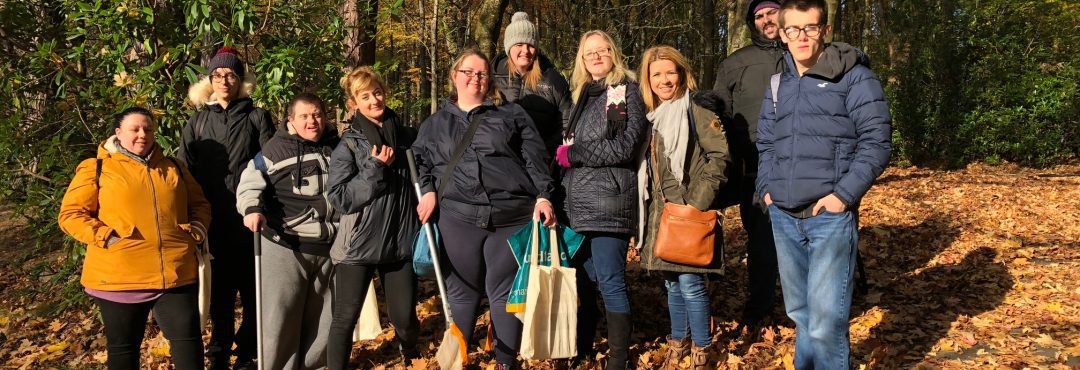Background to the Scottish Mink Initiative projects
Invasive Non Native Species (INNS) are the biggest threat to biodiversity after Climate Change and Habitat Loss. The American Mink, Neovison vison has colonized all of the Scottish Mainland and islands, developing populations of animals escaped from fur farms from the 1930’s to when the last ones closed in 1993. The Mink is a proficient hunter and some of our native species are particularly vulnerable to mink predation. The Scottish Mink Initiative (SMI) is a volunteer-based organisation run as part of the Rivers and Fisheries trusts for Scotland (RAFTS).
How the Scottish Mink Initiative projects work
A wide range of individuals and groups take part in mink monitoring and trapping. These can be householders, rangers, gamekeepers, environment groups, ghillies, etc. SMI have a large number of monitoring rafts across the project area which are monitored by volunteers. Without volunteers the SMI would not work since it would be too expensive to pay trappers to cover an area of approx. 30,000km2. Volunteering with SMI is not the typical example of environmental volunteering; it is a long term programme which doesn’t require teams of people, (unlike for example Himalayan balsam removal which requires a team to remove the plants).
How Scottish Mink Initiative involve communities
SMI are always looking for new volunteers for the north Tay, Aberdeenshire, Cairngorms and Moray and North Highlands. People can get involved to whatever level suits them, simply by reporting sightings, by monitoring a raft, by monitoring a raft and setting a trap when mink prints are recorded, or by monitoring, setting and checking a trap and carrying out dispatch (only trained volunteers carry out dispatch).
Support material that is suited to community group participation in Citizen Science can be found here. A group or individual can be trained by Ann-Marie MacMaster (Scottish Mink Initiative Coordinator) on the North Tay or by a fisheries trust member of staff elsewhere in the project area. Volunteer networks are coordinated locally by local fisheries trusts, who offer training and support to volunteers in their catchments.

